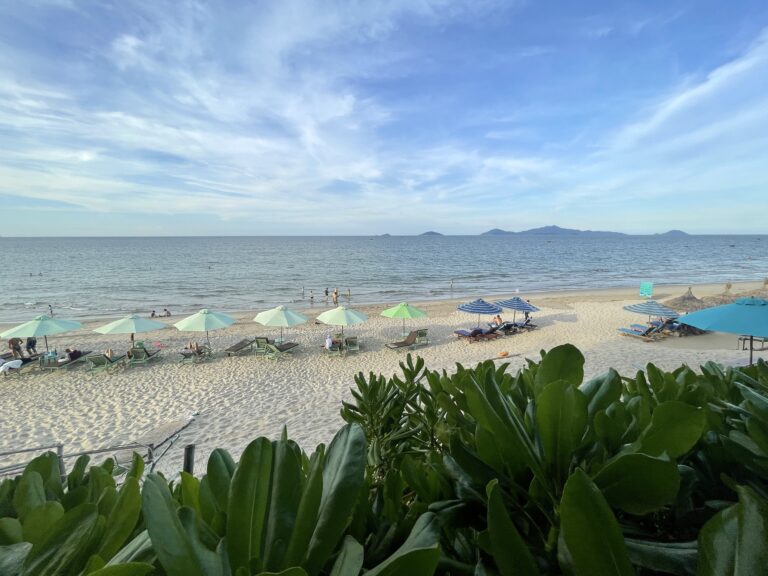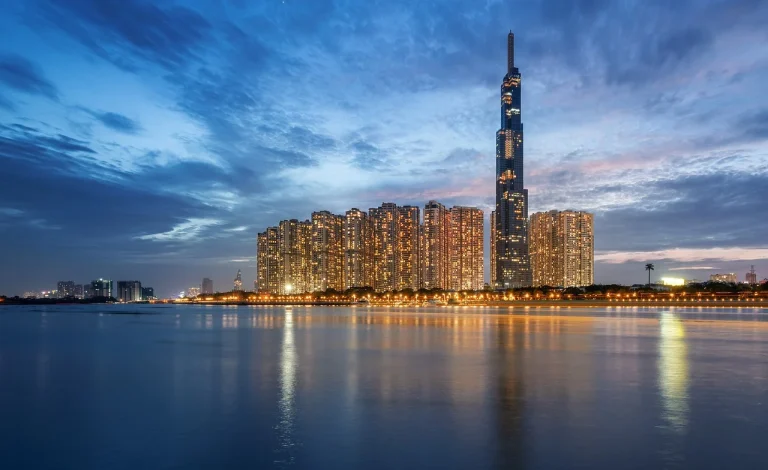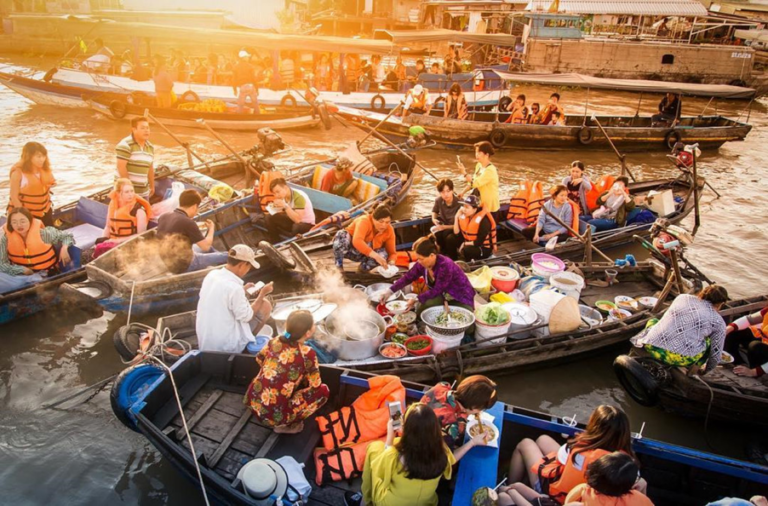The pace of life on Nga Nam floating marketor Sa Dec flower village was recorded by photographers on their recent Mekong journey.

The view of bustling business boats on Nga Nam floating market, early in the morning on one last day of January. The market, which is located about 60 km away from Soc Trang city, attracts tourists to experience the typical local lifestyle of the Southwest region. The market usually opens at 4 am. The most crowded time is usually from 6 am to 7 am with the view of hundreds of boats gathering on a part of the river.
This floating market was the first stop of photographer Huy Le (Ho Chi Minh City) and his colleagues in his adventure to explore Tet in Soc Trang, Hau Giang, Can Tho, and Dong Thap.
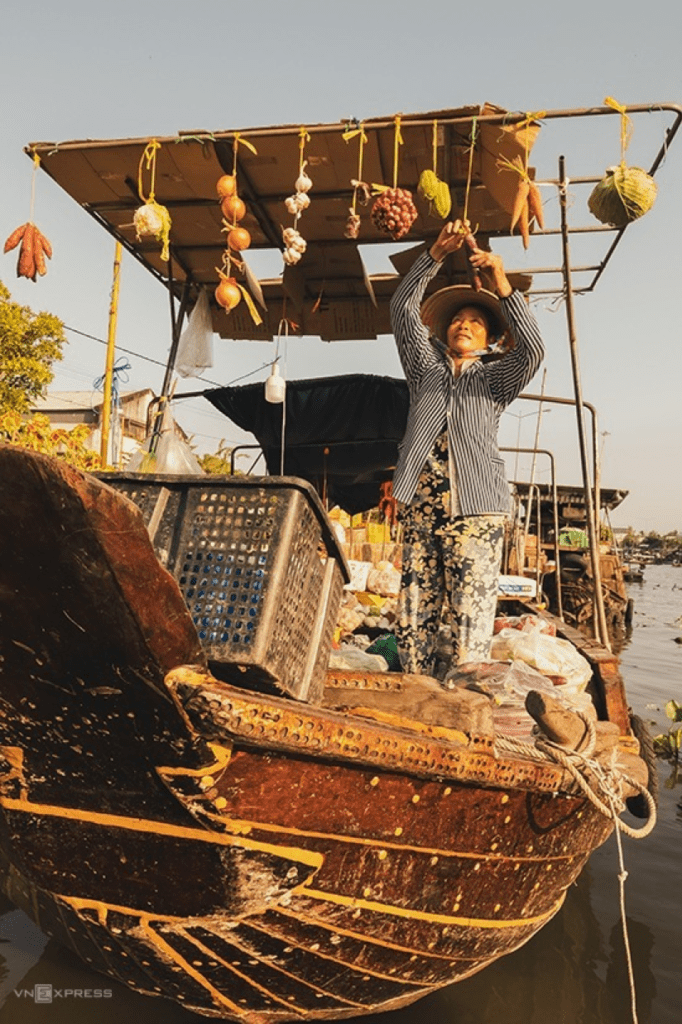
Nga Nam floating market is a transit point of people in surrounding provinces of Southwest Vietnam. The pace of life on the market happens bustling every day, the most common business boats are ones selling pork, flowers, and fresh fruits.
Locals hang their products for sale on the top of a bamboo stick, which they call “bẹo”. In the photo, the business boat is selling cabbage, carrot, sweet potato, tamarind paste (for sour soup), garlic, and onion.
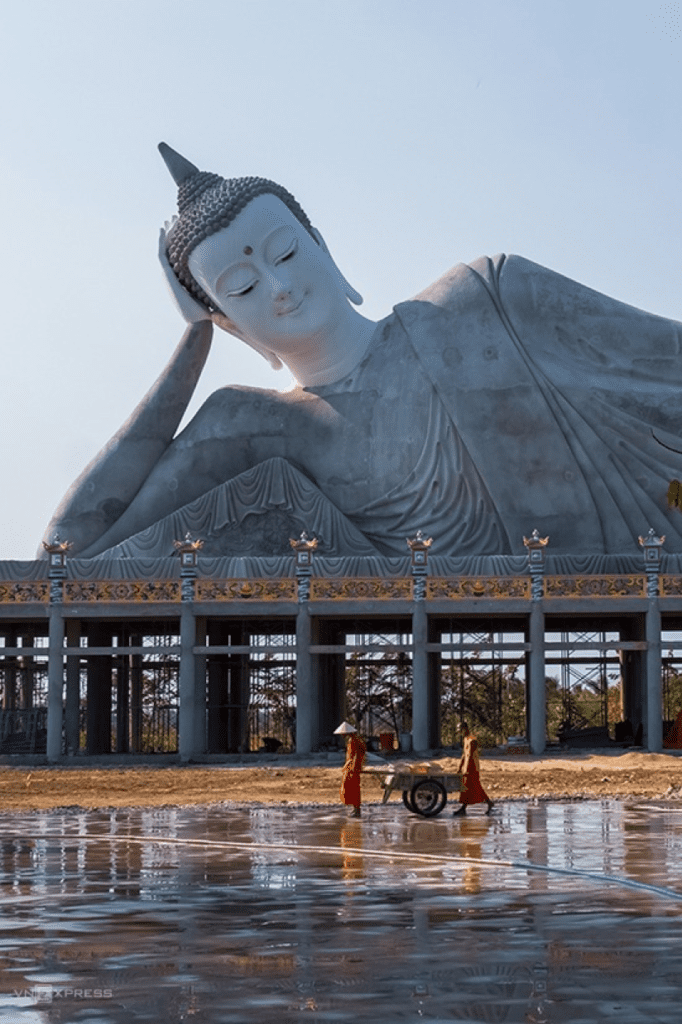
The Shakyamuni Buddha statue is in the final stages of construction in Som Rong pagoda located on Ton Duc Thang Road, Ward 5, Soc Trang city. The statue is 63 m long, 22.5 m high and weighs 490 tons, it will be the largest reclining Shakyamuni Buddha statue in Vietnam.


The picture shows a corner of the top of Som Rong pagoda which has the full name Botum Vong Sa Som Rong. The pagoda boasting over hundred-year development has connected closely with the local’s life, including the Khmer ethnic group. It is an attractive tourist destination where visitors come to check-in and photographers to compose.
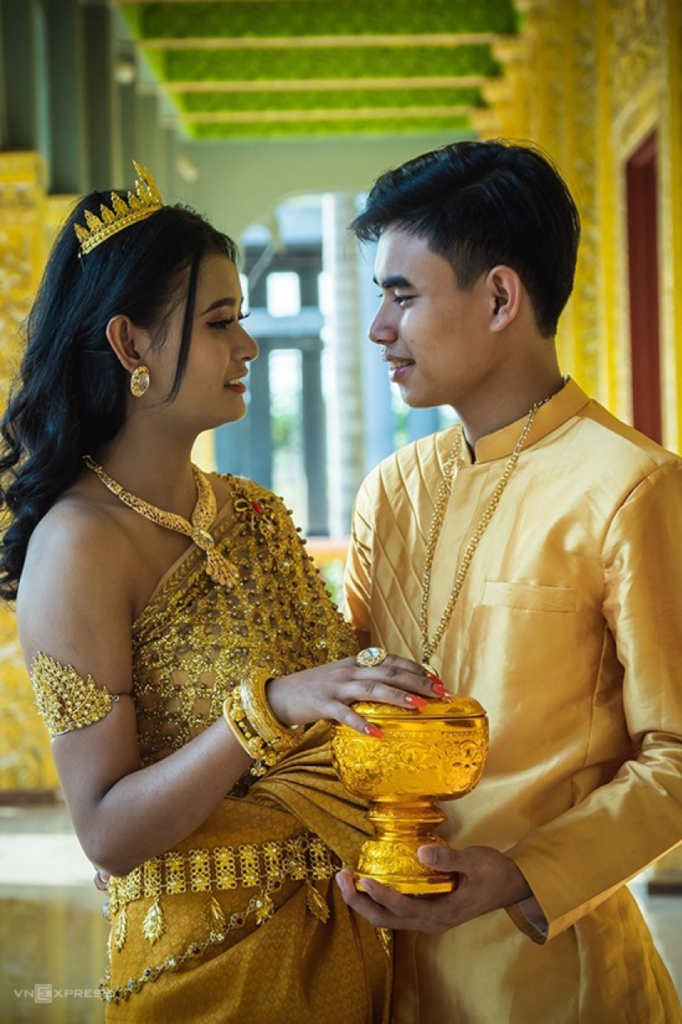
“The pagoda architecture is decorated with vibrant colors and has connected closely with the Khmer people’s tradition. I visited the pagoda to compose right on a wedding-shooting day of a Khmer couple.” said Mr. Huy Le.

Vi Thanh “countryside market” of Hau Giang province from high above. The unique characteristic of the “countryside market” is its location which is right in the heart of the city. Each local seller has a certain selling spot covering an area from 2 to 4 m2. They sit in the middle, place their products around. That creates a long line of stalls on the ground with aisles in between for customers to move and buy goods.

This market opens bustlingly at 2 – 3 am. In there, people sell local produce from various kinds of fishes (namely basa, snakehead, and perch) to vegetables (such as cabbage and carrot).

Phong Dien floating market, Can Tho at dawn, about 17 km to the southeast of the city. The market usually opens at 4-5 am and closes at 7-8 am. In there, you can find a full range of agricultural products such as fruits, vegetables, food. Although the market isn’t as bustling as it was, Phong Dien is still an attractive destination for tourists, especially for foreigners.
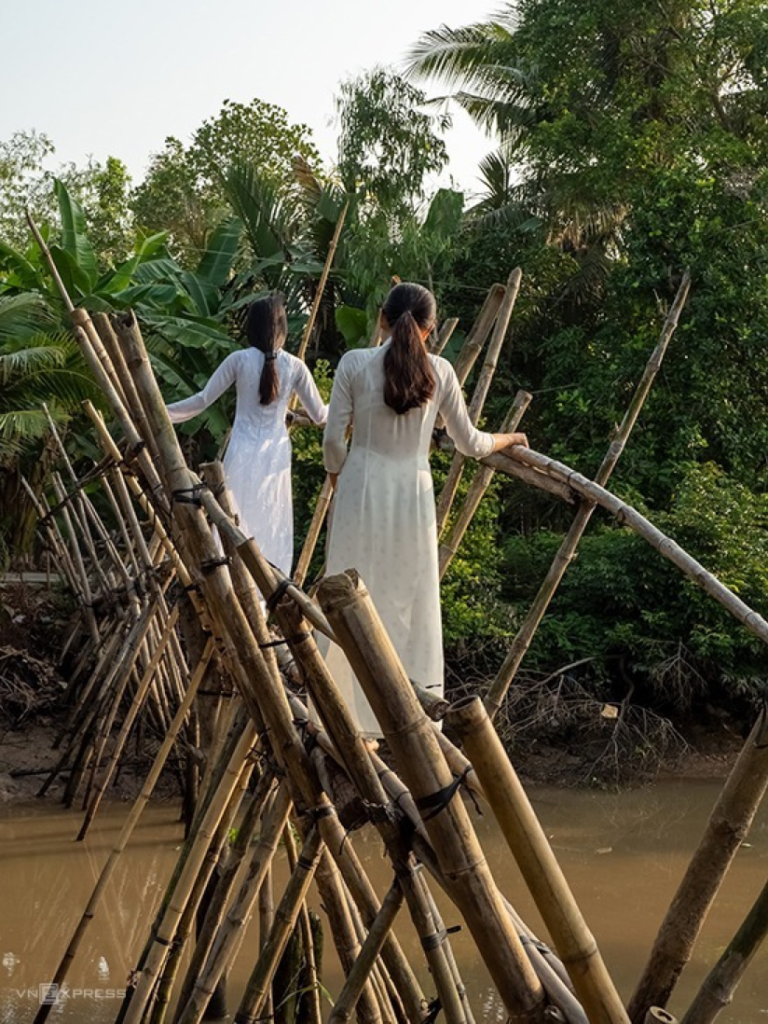
Two girls are experiencing walking across the bamboo footbridge/”monkey bridge” (in Vietnamese” “Cầu khỉ”) in Nhon Ai commune, Phong Dien district. This unique bridge is made of bamboo stems lined up on the main pillars across the river with a waist-level handrail. Crossing the “monkey bridge” is a pretty tough challenge for the first time.

Sa Dec flower village, Dong Thap is known as the largest flower village of the Mekong delta covering the area of nearly 600 hectares with more than 2,000 production households. In the last Lunar month, the village is full of Tet atmosphere: local farmers take care of their flowers (water, fertilize, prune) so that they can produce enough products for the Tet market.
“The adventure across Mekong-River provinces brought us a lot of fascinating local experiences. We had chances to immerse into the typical pace of life in the area, the beauty of Khmer pagodas, and enjoy tasty local delicacies along the journey such as “bún nước lèo” (a kind of noodle soup) and “canh chua cá lóc” (sour snakehead fish soup).” Said Mr. Huy Le.
